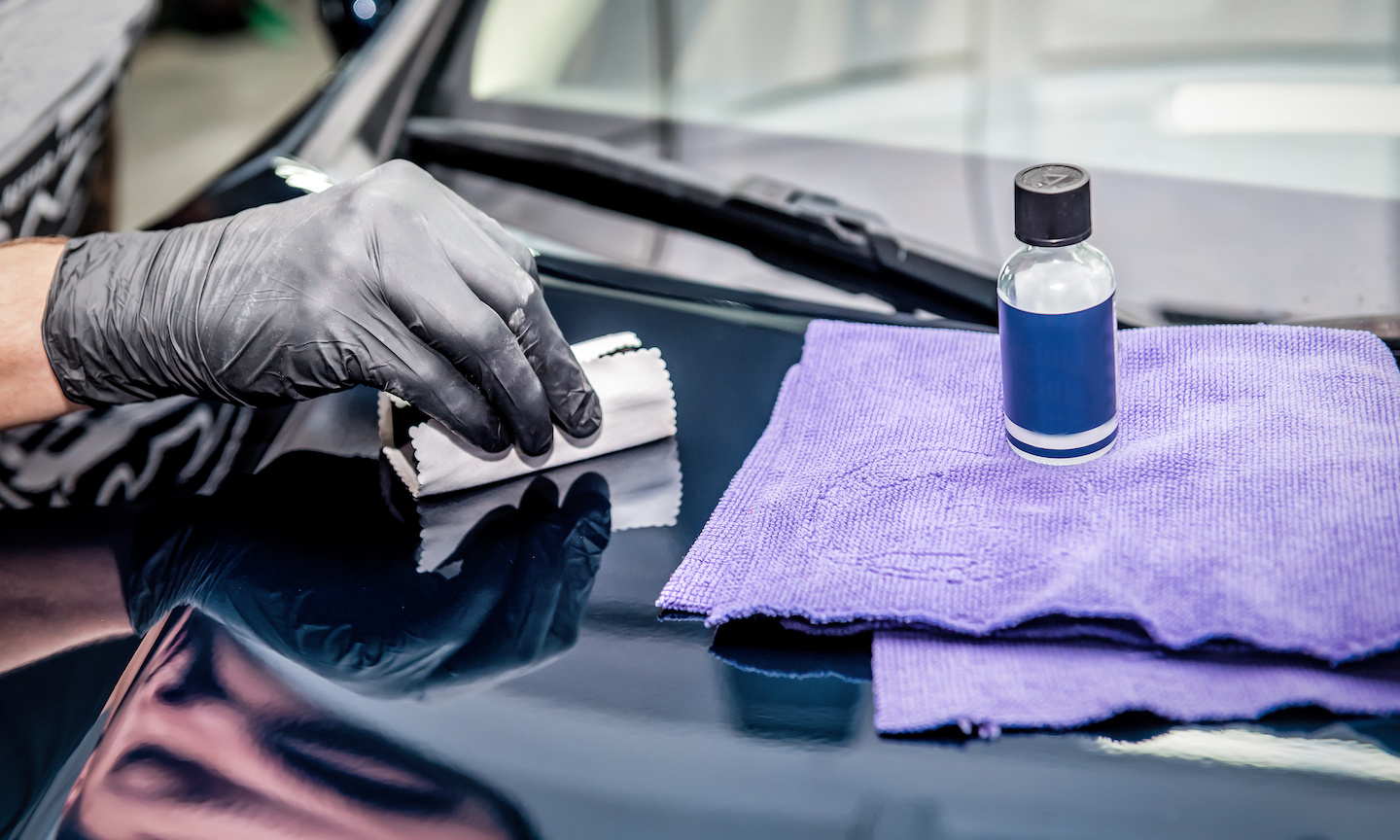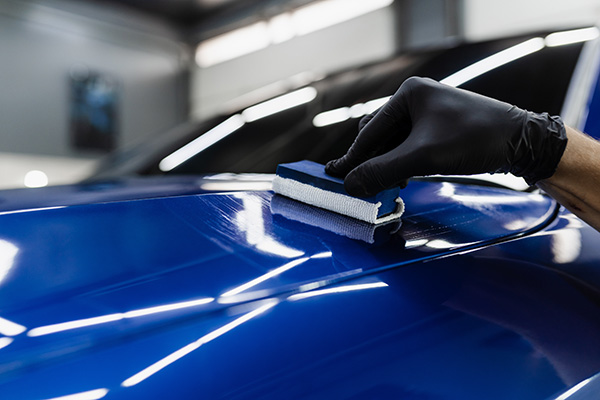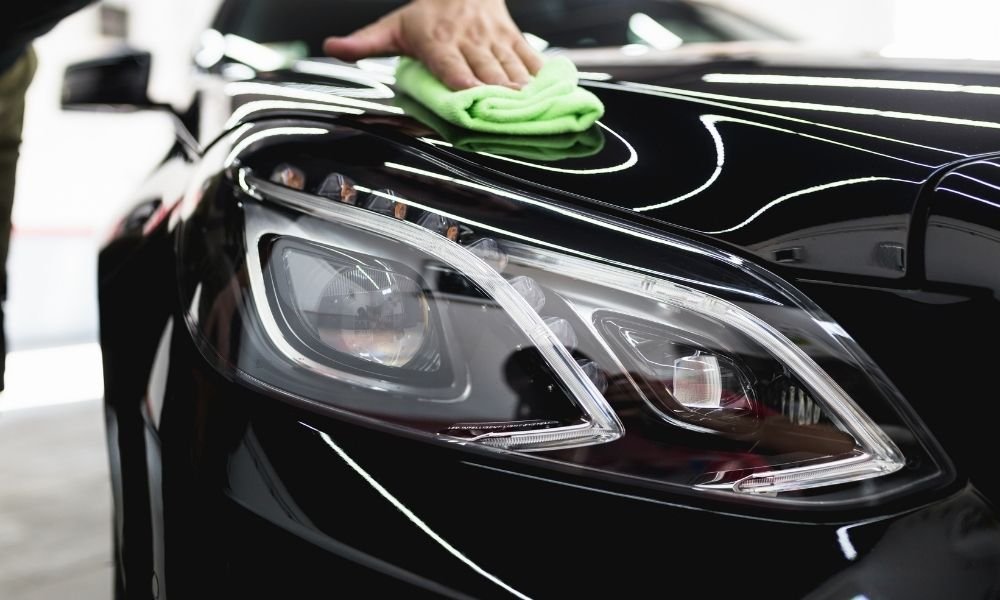Checking Out the Different Kinds Of Ceramic Layer Readily Available for Automotive Applications

Understanding the Fundamentals of Ceramic Coatings for Cars
Although it might show up complex in the beginning glimpse, the principle behind ceramic coatings for cars and trucks is reasonably straightforward. Essentially, it's a liquid polymer that is applied by hand to the outside of a lorry. As soon as cured, this covering develops a strong, glass-like layer over the auto's paintwork.
The key purpose of ceramic coverings is to give a solid safety surface that can resist various forms of damage. This includes minor scratches, chemical stains, UV rays, and heat damage. Additionally, these coverings can maintain a high level of glossiness, enhancing the vehicle's aesthetic appeal.
In spite of the initial financial investment, numerous vehicle proprietors discover the long-term advantages of ceramic finishings to be cost-effective. The details type of ceramic coating made use of can considerably influence these results, a subject reserved for the next subtopic.
Malfunction of the Main Types of Ceramic Coatings
Navigating the world of ceramic finishes can be a complicated task, given the variety readily available. Mostly, there are 3 kinds of ceramic finishes utilized in vehicle applications: crossbreed, nano, and quartz.

Quartz ceramic coatings, on the other hand, are understood for their high gloss surface and remarkable resistance to scrapes (Ceramic Coating Near Me). They offer a thicker finishing, adding to a far better deepness of shade on the lorry's surface
The 3rd variant, hybrid ceramic layers, incorporate the residential or commercial properties of nano and quartz layers. They use an equilibrium of longevity, gloss, and protection, making them a popular selection among automobile enthusiasts. Recognizing these sorts of ceramic finishes helps in making an extra educated choice tailored to specific automotive demands.
Comparing the Efficiency and Resilience of Various Ceramic Coatings
Given the variety of ceramic finishings, discover this info here it becomes important to contrast their performance and toughness. Hybrid ceramic finishings, on the various other hand, blend the hardness of porcelains with the adaptability of polymers to provide an equilibrium of defense and cost.
The performance and resilience of a ceramic covering also depend on its application process. Recognizing these distinctions can substantially influence the decision when choosing a vehicle ceramic layer.
Picking one of the most Ideal Ceramic Coating for Your Automobile
Just how should one go around choosing the most suitable ceramic covering for their car? Older lorries with discolored paintwork may need a ceramic covering that focuses on restoration and protection.
Secondly, the lorry's use and environment need to be thought about. A car revealed to rough aspects, like extreme sunlight or snow, would certainly need a more sturdy ceramic coating. One's budget plan plays a definitive role. Higher-end ceramic finishings supply superior protection and long life yet come at a higher cost. Therefore, understanding one's demands and restraints is vital in choosing one of the most suitable ceramic coating for a vehicle. This guarantees not only the car's defense but additionally the improvement of its aesthetic allure.
Verdict

The world of vehicle ceramic finishes is a multifaceted one, using a selection of tailored services more info here that cater to the varied defense needs of lorries. From nano ceramic link coatings, admired for their exceptional attachment and sturdiness, to quartz ceramic finishings, providing scratch resistance and a shiny surface, and then to crossbreed ceramic coverings, balancing both toughness and aesthetic appeals.The third version, hybrid ceramic coatings, incorporate the properties of nano and quartz coatings - Ceramic Coating Near Me. Hybrid ceramic finishes, on the other hand, mix the solidity of ceramics with the versatility of polymers to supply an equilibrium of defense and price
Older vehicles with discolored paintwork may need a ceramic layer that focuses on reconstruction and defense.